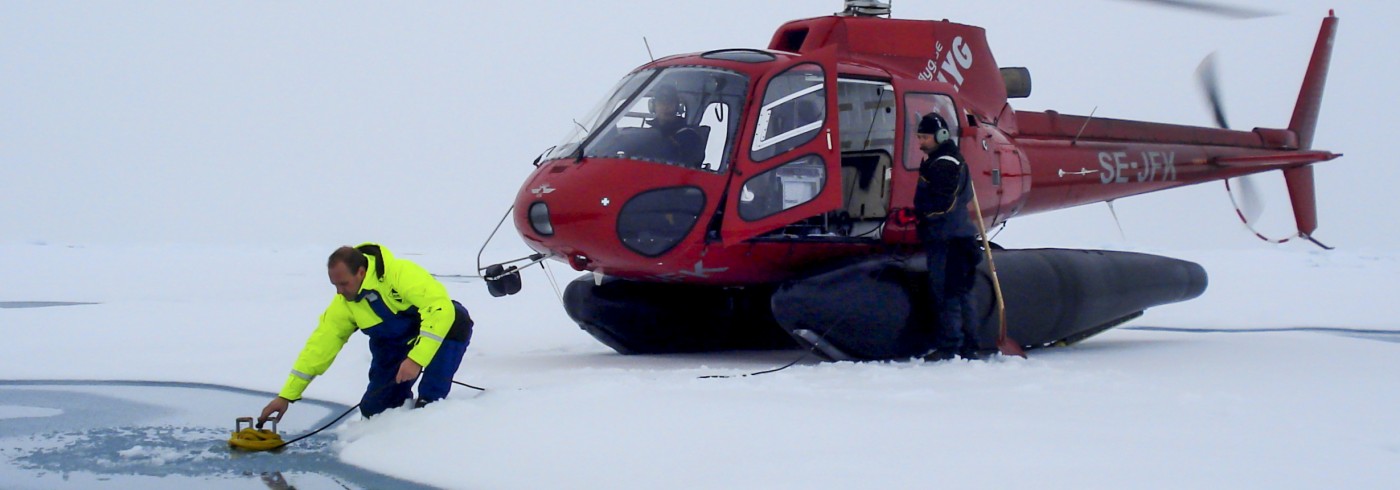DNA of the polar seas
31 July 2009 - 10 September 2009The overall goal of the project is to compare and establish a baseline for the genetic repertoire of microbial communities of various polar region environments: The deepest and coldest parts of the oceans, snow samples and sea ice cores.
To capture the microorganisms from the marine, snow or ice samples, the main procedure consists of a series of filtration steps. The resulting filters are re-suspended in buffer and stored at -80°C onboard Oden until the end of the cruise. From the captured microorganisms, the entire pool of DNA is extracted and sequenced using state-of-the-art highthroughput sequencing technology (454 or Solexa). The following bioinformatics analysis then allows for the identification of novel biochemical pathways, genes and enzymes that are presumed to function under high pressure, high salinity or low temperature. These findings can be correlated with the environmental and climatic parameters and also point to novel enzymes that may have use in technical industries.
For seawater sampling, the CTD-coupled water sampler was used.
Snow samples were collected from the surface of the sea ice and allowed to melt in sterile plastic bags.
Ice core samples were collected using an ice corer at each station, cut into pieces of 20–30 cm and stored in sterile plastic bags. After melting the water was filtered using the standard procedure.
Filtration of seawater or melt water from snow or ice cores was performed using the same procedure. Each bag of water was processed individually through the serial filtration setup.
After filtration of all bags from the same environment (e.g. same depth) the membrane prefilter and the cartridge filter were stored for further analysis.
Results
A total of 18 stations were sampled. Including various depths at the same station, a total of 25 samples were obtained, including snow and ice core samples.
The stations in the Arctic Ocean were distributed along the cruise track and span water masses from both the Nansen and Amundsen Basins, separated by the Gakkel Ridge, from the Makarov Basin and from the intra-basin of the Lomonosov Ridge, thus representing a wide diversity of marine environments encountered.
The critical issue of acquiring sufficient microbial biomass, especially from the deepest samples, cannot be evaluated before additional lab tests have been done. However, the chances are high that enough microbial DNA can be extracted from the filters. In general, a volume between 28 and 168 l of water was filtered for each depth sampled.

